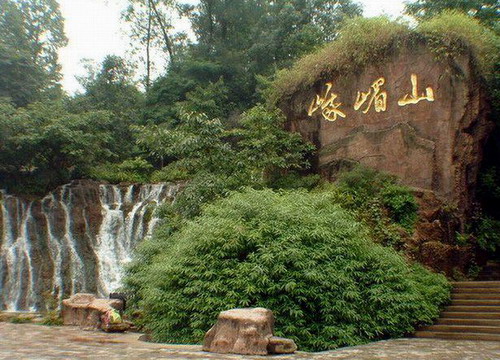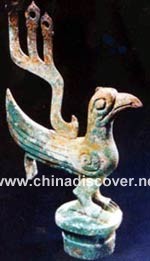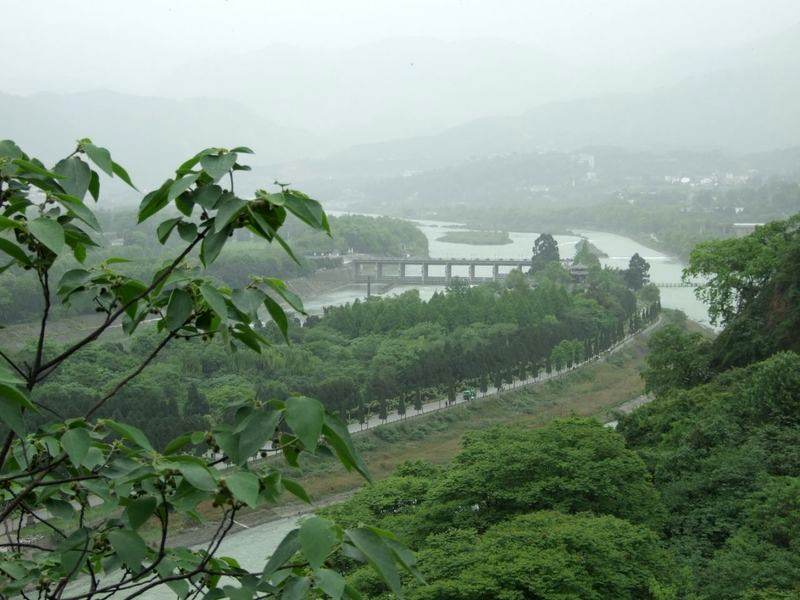Thatched Cottage of Du Fu

Overiview
Close to the Chengdu Qingyang Temple is Du Fu's Thatched Cottage, home of one of China's more revered poets of the Tang dynasty who wrote over 200 poems while living in this simple cottage.
Know more
Du Fu, the Poet Sage
Du Fu, with a style of Zimei, was born in Gongxian, Henan Province. He was the grandson of the famous poet Du Shenyan. For he had once lived in Shaoling in the south of Chang'an, he called himself Shaoling Countryman and then got the name of Du Shaoling from others. Reading and traveling were his daily life before 35 years old. During the Rebellion of An and Shi he roamed and was captured by the rebels, later he managed to escape from the danger, he was chosen as the Zuoshiyi. In the second year of Qianyuan (759), he dismissed his office and went to west, finally he reached to Sichuan and stayed in Chengdu, built the Thatched Cottage.
Du Fu lived in the period that Tang changed from prosperity to decline. So his poets are mainly about the turbulence of the society, the political darkness and the sufferings of the people. And therefore, his poets are called "epic", Du Fu was always worried about the motherland and her people. As being moral and excellent in poems, he was respected as "Poet Sage." He had his Collection of Du Gongbu handed down.
About the Thatched Cottage
Du Fu's Thatched Cottage has been a shrine in the history of Chinese literature. It was dilapidated and collapsed after Du Fu left. It came to the period of the Former Shu Kingdom during the Five Dynasties when Wei Zhuang, a famous poet, found the site and rebuilt the cottage. In the Northern Song Dynasty, the cottage was built into a temple and Du Fu's portrait was painted on the wall. In the following dynasties, the cottage was renovated and enlarged tome and time again, the most important two renovations were in 1500 and 1811 which basically settled its present scale and structure. The most lately thorough renovation was renamed as the Du Fu Memorial Hall; In 1961, it was announced by the state council as the key cultural relic protection site, in 1984 it obtained its present name, the Du Fu's Thatched Cottage Museum.
Du Fu's Thatched Cottage covers an area of 16 hectares. Constructions inside represent Qing Dynasty style, with gardens of the unique compound style in Chinese gardening tradition. The Gate, the Screen Wall, the Lobby, the History in Verse Hall, and the Gong Bu Temple are lined one by one along the middle axis, flanked by corridors and other auxiliary buildings. Among them and in between are trees and bamboo groves, winding brooks and linking small bridges. All these give the place an atmosphere of solemnity and meanwhile a sense of beauty and grace. To the east of the Gong Bu Temple stands the Tablet Pavilion which is the original site of Du fu's Cottage and has been a famous attraction of the city. In February 1997, the government allotted a special fund to rebuild the cottage itself. The newly-built cottage shows typical style of the west Sichuan home residence. The site is to the north of the Tablet Pavilion, covering an area of 1000 square meters with a construction area of 240 square meters. The cottage has 5 main and 4 attached rooms, with the thatched roofs and the old fashioned inside empty wall made of two layers of bamboo strip and spread on the surface with clay. Around the house are bamboo fences and inside the fences are vegetable and herb plots, easily reminding people of the scenes described in Du Fu's poems. While taking a quiet walk in such a historical cultural environment, visitors are apt to be brought back to the ancient times.
Must see










